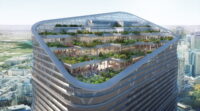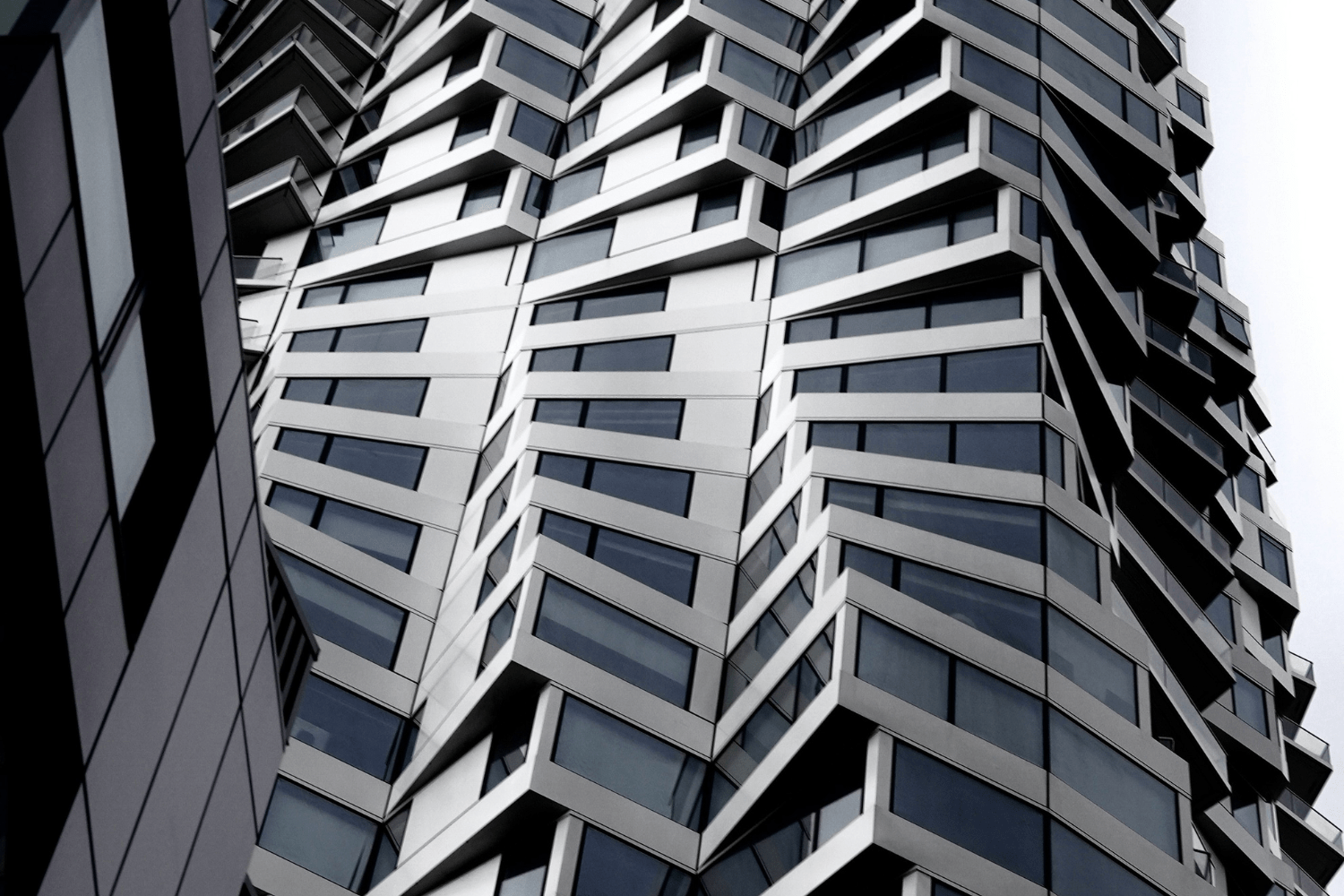- Home
- Articles
- Architectural Portfolio
- Architectral Presentation
- Inspirational Stories
- Architecture News
- Visualization
- BIM Industry
- Facade Design
- Parametric Design
- Career
- Landscape Architecture
- Construction
- Artificial Intelligence
- Sketching
- Design Softwares
- Diagrams
- Writing
- Architectural Tips
- Sustainability
- Courses
- Concept
- Technology
- History & Heritage
- Future of Architecture
- Guides & How-To
- Art & Culture
- Projects
- Interior Design
- Competitions
- Jobs
- Store
- Tools
- More
- Home
- Articles
- Architectural Portfolio
- Architectral Presentation
- Inspirational Stories
- Architecture News
- Visualization
- BIM Industry
- Facade Design
- Parametric Design
- Career
- Landscape Architecture
- Construction
- Artificial Intelligence
- Sketching
- Design Softwares
- Diagrams
- Writing
- Architectural Tips
- Sustainability
- Courses
- Concept
- Technology
- History & Heritage
- Future of Architecture
- Guides & How-To
- Art & Culture
- Projects
- Interior Design
- Competitions
- Jobs
- Store
- Tools
- More
Facade Design Evolution: From Ancient Marvels to Modern Innovations

Facade design has come a long way from the grand stone structures of ancient civilizations to the dynamic, media-driven facades of today. In the past, facades were primarily built for structural integrity and aesthetic appeal, often showcasing intricate carvings and monumental designs that reflected cultural significance. These historic facades still capture our imagination with their timeless beauty and craftsmanship.
Today, the evolution of facade design has taken a leap forward with the integration of technology and interactivity. Media facades, for instance, transform buildings into living canvases, using color, light, and digital media to create engaging public displays. These modern facades not only enhance the visual appeal of urban spaces but also serve as dynamic information interfaces, conveying real-time data and fostering community interaction. As we explore the journey of facade design, we witness a fascinating blend of tradition and innovation, shaping the way we experience architecture.

Table of Contents
ToggleEvolution of Facade Design: Historical Insights
Ancient Civilizations: Foundational Styles and Techniques
Ancient civilizations established foundational techniques in facade design. The Egyptians used massive stone blocks to create pyramid facades adorned with hieroglyphs and carvings. These structures emphasized stability and monumentality. The Greeks advanced facade design by introducing columns and entablatures. They used the Doric, Ionic, and Corinthian orders to create visually balanced and aesthetically pleasing facades. The Parthenon in Athens remains a prime example of Greek architectural mastery.
Medieval and Gothic Influences: Ornamentation and Symbolism
During the medieval period, facade design became more intricate, with Gothic architecture leading the way. Gothic cathedrals featured pointed arches, ribbed vaults, and flying buttresses, which allowed for taller, more elaborate structures. Ornamental elements like gargoyles and stained glass windows added both symbolic and decorative aspects. Notre-Dame de Paris exemplifies Gothic facade design, with its detailed sculptures and imposing facade.
Renaissance to Baroque: The Rebirth of Classical Ideals
The Renaissance marked a return to classical ideals in facade design, emphasizing symmetry and proportion. Architects like Brunelleschi and Alberti drew inspiration from Roman architecture. Facades during this period featured columns, pilasters, and pediments, stressing harmony and elegance. The Baroque era, which followed, introduced more dynamic and expressive styles. Facades of this period often showcased dramatic use of light and shadow, curved forms, and ornate detailing, as seen in the facade of St. Peter’s Basilica in Vatican City.
Modern Era: Transformation Through Innovation
Industrial Revolution: New Materials and Structural Forms
With the advent of the Industrial Revolution, facade design experienced a radical transformation. Innovations in materials like iron and glass led to new forms and structures, exemplified by the Crystal Palace in London. This iconic structure showcased iron and glass construction, enabling large-scale transparent surfaces and light-filled interiors. These technologies revolutionized architectural possibilities, paving the way for complex designs with reduced construction time and increased durability.
20th Century Styles: From Art Deco to Modernism
The early 20th century introduced diverse architectural styles that further evolved facade design. Art Deco facades, like those of the Chrysler Building, embraced sleek geometric designs, stepped setbacks, and decorative motifs. These elements represented the modernist ideals of efficiency and elegance. Skyscrapers, such as the Empire State Building in New York, revolutionized urban facades with their towering heights, steel frameworks, and curtain walls. These innovations reshaped city skylines and urban landscapes, promoting new architectural aesthetics.
Facades in the contemporary era continued evolving towards sustainable and technologically advanced designs. Projects like Bosco Verticale in Milan prioritize environmental performance and energy efficiency. Advanced materials and fabrication techniques allow designers to create increasingly complex geometric structures, ensuring both aesthetic and functional excellence.

Contemporary Facades: Technology and Sustainability
Green Building and Eco-Friendly Facades
Contemporary facades embody sustainability, often integrating green building principles. Facades like Bosco Verticale in Milan showcase eco-friendly design, blending vegetation with architecture to enhance urban biodiversity. These green facades improve air quality, reduce the heat island effect, and contribute to energy efficiency. For example, living walls, filled with plant species, naturally insulate buildings, lowering energy consumption for heating and cooling. This move towards sustainable architecture aligns with global environmental goals and demonstrates how modern design can mitigate ecological impacts.
Digital Design Techniques: Parametric and Responsive Facades
The evolution of digital design techniques has transformed contemporary facades. Parametric design allows architects to create complex, adaptive structures using algorithms. This method optimizes both functionality and aesthetics, producing facades that respond to environmental conditions. Responsive facades take this a step further by incorporating real-time data for dynamic performance. Sensors can adjust shading elements, maximizing natural light while controlling heat gain. This technological advancement in facade design ensures buildings are both innovative and energy-efficient, meeting modern-day environmental standards.
Cultural Significance and Social Impact of Facades
Spiritual and Religious Symbolism in Design
Religious structures are a significant part of facade history. Facades of churches, mosques, and temples carry spiritual values, cultural traditions, and architectural symbolism. They connect people to their faith and heritage. For example, Gothic cathedrals with their ornate facades and rose windows aimed to inspire awe and represent divine beauty. Islamic architecture features intricate geometric patterns and calligraphy on facades, symbolizing the infinite nature of Allah. Hindu temples, with their sculpted facades, depict stories from scriptures and honor deities.
Facades as Political and Economic Statements
Government buildings, monuments, and public spaces utilize facades to symbolize power, democracy, and social identity. They convey historical narratives and societal values. For instance, the neoclassical facades of many parliamentary buildings project an image of stability and order. Monuments with grand facades honor historical figures or commemorate significant events, reinforcing national pride. On the other hand, commercial facades of skyscrapers, shopping malls, and corporate headquarters reflect brand images, economic prosperity, and urban development. They shape consumer perceptions and market competitiveness. Buildings like the headquarters of major corporations often use sleek, modern facades to symbolize innovation and success.

Challenges and Future Directions in Facade Design
Facade design now tackles increased geometric complexity. New structures demand advanced materials and precision fabrication methods. Designers must engage fabricators and constructors early to ensure feasibility. Rapid technological advancements can outpace industry standards, leading to challenges in implementation.
Sustainability remains a core focus. Implementing green building practices, such as integrating vegetation and using energy-efficient materials, poses technical and logistical challenges. Balancing aesthetic goals with environmental considerations requires innovative solutions. Projects like Bosco Verticale demonstrate the need for interdisciplinary collaboration.
Climate resilience is another significant concern. As weather patterns become unpredictable, facades must withstand extreme conditions. Materials need to be durable and adaptable, ensuring long-term structural integrity. Designers must forecast environmental changes and incorporate adaptive design strategies.
Urbanization drives a need for multifunctional facades. Buildings now serve multiple purposes, requiring flexible designs. Facades should facilitate natural light, enhance insulation, and support renewable energy systems. The convergence of form and function demands creative approaches.
Digital modeling and simulation tools are transforming facade design. These technologies allow for precise planning and visualization of complex geometries. However, they also require substantial investment and expertise. Staying abreast of digital innovations is crucial for competitive design practices.
Looking ahead, facade design will benefit from advancements in nanomaterials and smart technologies. Self-cleaning surfaces and responsive facades that adjust to environmental conditions could revolutionize the field. Continuous research and development are essential for integrating these technologies into mainstream architecture.

Conclusion
The evolution of facade design reveals our progress as a civilization, reflecting changes in cultural values, technological advancements, and design aesthetics. In ancient times, facades primarily served structural purposes, supporting buildings and providing protection from environmental elements. Materials like stone and brick dominated, with intricate carvings and decorations illustrating craftsmanship and societal status.
Moving into the Renaissance and Baroque periods, facade design became more artistic and expressive. Architects began to experiment with symmetry, proportions, and decorative elements. Facades started conveying the power and wealth of patrons, with elaborate styles that still inspire modern designers.
The Industrial Revolution marked a significant shift. New materials such as steel and glass facilitated the creation of transparent facades, leading to early skyscrapers and innovative architectural designs. This period introduced efficiency and mass production into facade construction, transforming urban landscapes.
In the 20th century, architectural movements like Modernism and Brutalism further diversified facade aesthetics. Minimalist designs emphasized clean lines and functional forms, rejecting ornate details. Buildings evolved into symbols of technological progress and modernity, showcasing materials like reinforced concrete and aluminum.
Today, facade design focuses on sustainability, energy efficiency, and occupant comfort. Sustainable facades integrate passive design strategies, renewable materials, and advanced energy systems. These elements aim to reduce carbon footprints, mitigate climate impacts, and enhance overall building performance.
Facade engineering now prioritizes structural stability and resilience against natural forces. Stringent performance standards and regulatory requirements ensure safety, durability, and functionality. Additionally, adaptive reuse projects preserve historic facades while accommodating modern technologies and uses.
Contemporary trends highlight a fusion of aesthetics and purpose. Façades respond to cultural contexts and technological possibilities, creating versatile and dynamic designs. Advanced materials, such as smart glass and nanomaterials, allow buildings to interact with their environment, adapting to changing conditions.
The future of facade design seems boundless, with opportunities for innovation and creativity. Architects continue to push the boundaries, ensuring that facades not only enhance the visual appeal of our built environment but also promote sustainability and cultural sensitivity. The ongoing evolution of facades will undoubtedly shape our cities for generations to come.
Submit your architectural projects
Follow these steps for submission your project. Submission FormLatest Posts
How Facades Tell Cultural Stories
How facades tell cultural stories—decode symbols, materials, and climate cues with regional...
Top 10 Examples of Dynamic Facade Designs Around the World
Dynamic facades are transforming contemporary architecture with systems that move, react, and...
8 Trends in Dynamic Facade Design You Need to Know
Dynamic façades are reshaping contemporary architecture by responding to climate, light, and...
Transform Ordinary Facades Into Striking Designs With These Key Upgrades
When it comes to enhancing the appearance of a home, few aspects...












Leave a comment